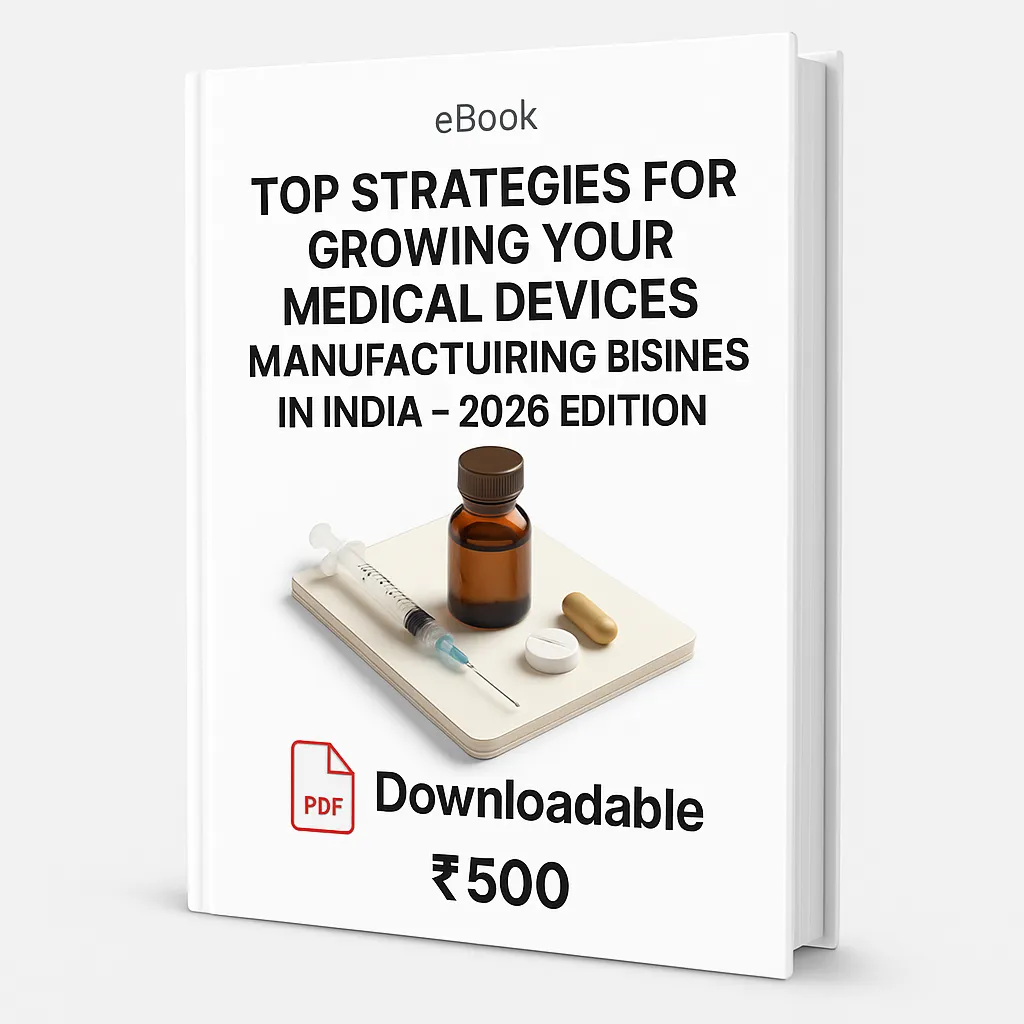- Gain actionable strategies for business growth.
- Understand the Indian medical device market landscape.
- Stay ahead of industry trends and regulations.
Table of Contents
Top Strategies for Growing Your Medical Devices Manufacturing Business in India
If you’re considering starting a medical devices manufacturing business in India, now is an ideal time. The market is expanding rapidly, backed by government incentives and rising healthcare needs. In this article, we’ll cover everything from market potential and regulatory steps to manufacturing and marketing strategies. Get ready to explore a detailed roadmap for succeeding in India’s medical devices sector.
Key Takeaways
India’s medical devices market is projected to grow at a CAGR of 16.4%, driven by favorable demographics and government initiatives aimed at boosting local manufacturing.
Critical steps to start a manufacturing business include conducting feasibility research and obtaining CDSCO approval, essential for compliance and market readiness.
Government schemes and financial incentives are available to support the medical devices sector, along with the need for specific certifications like ISO 13485 for global market access.
Why Start a Medical Devices Manufacturing Business in India?

India’s medical devices market is on a robust growth trajectory, driven by a combination of favorable demographics and proactive government policies. The market is expected to expand at a compound annual growth rate of 16.4%, reaching a projected market size of Rs. 4,33,150 crore (US$ 50 billion) by 2030. Factors such as a large and growing population, rising life expectancy, and shifting disease burdens are creating unprecedented demand for medical devices in India’s medical device industry. Over the past decade, india’s medical device industry has rapidly developed, positioning itself as an emerging global player in the healthcare sector.
Moreover, the government’s National Medical Devices Policy 2023 aims to promote innovation and reduce import dependency, further enhancing local manufacturing. Government initiatives like the Production-Linked Incentive (PLI) and Medical Devices Parks (MDP) schemes are designed to stimulate investment and development in the sector. The government’s vision for the medical device sector is to establish India as a global manufacturing hub, and the sector has been recognized as a sunrise sector due to its high growth potential and strategic importance.
These policies not only support startups and MSMEs but also attract significant foreign direct investment, recognizing the medical devices sector as a sunrise industry with immense potential. As the number of medical facilities across the country increases, so does the demand for advanced medical devices, making this an ideal time to establish a manufacturing business in India. Additionally, the indian medical device market has witnessed remarkable growth over the past decade, increasing its significance in both healthcare delivery and international trade. Medical device companies are poised to benefit from these favorable conditions.
Types of Medical Devices and Surgical Equipment

Medical devices in India are categorized based on their risk levels and intended use. The Central Drugs Standard Control Organization (CDSCO) classifies these devices into different risk classes, with Class A devices posing the lowest risk and Class C and D devices involving higher risks. This classification not only helps in the regulatory process but also ensures that businesses can target specific market segments effectively.
Understanding the various types of medical devices and surgical equipment is crucial for identifying market opportunities. From diagnostic devices like defibrillators and surgical instruments to everyday items such as syringes and IV sets, the range is vast and diverse. Each category has its own set of regulatory requirements and market demand, making it essential to choose your product lines wisely to capitalize on India’s growing healthcare infrastructure.
Step-by-Step Process to Start the Business
Starting a medical devices manufacturing business involves several critical steps, each designed to ensure compliance, quality, and market readiness. From conducting feasibility research to obtaining CDSCO approval, each phase requires careful planning and execution, including insights from Siemens Healthineers.
Understanding these applicable documents steps will help you establish a robust foundation for your established business implementation creation companies, making you more aware of the necessary processes.
Conduct Feasibility Research
Feasibility research is the cornerstone of any successful business venture. Begin by:
Analyzing the market to understand the demand for specific medical devices.
Targeting primary markets such as hospitals, pharmacies, clinics, and diagnostic centers.
Identifying gaps in the market that your products can fill.
Considering product categories such as defibrillators, surgical instruments, and diagnostic tools.
Additionally, a thorough competitor analysis is essential. Evaluate the strengths and weaknesses of existing players in the market to identify your competitive edge. This research will not only help you understand the market dynamics but also guide you in developing a business plan that addresses the specific needs of your target audience.
Obtain CDSCO Approval
Obtaining CDSCO approval is a critical step in the manufacturing of medical devices in India. The Central Drugs Standard Control Organization (CDSCO) mandates that all medical device manufacturers must obtain registration and licensing. This involves submitting a detailed application along with essential documentation such as a Master File of the device and a Quality Assurance Certificate.
The CDSCO operates under the Medical Devices Rules, 2017, which set the safety and efficacy standards for medical devices. The application process includes a facility inspection by a CDSCO officer to verify compliance with these standards. Once satisfied, the officer will grant the necessary license for manufacturing, ensuring that your business complies with all regulatory requirements, including cdsco registration.
Overview of the Manufacturing Process
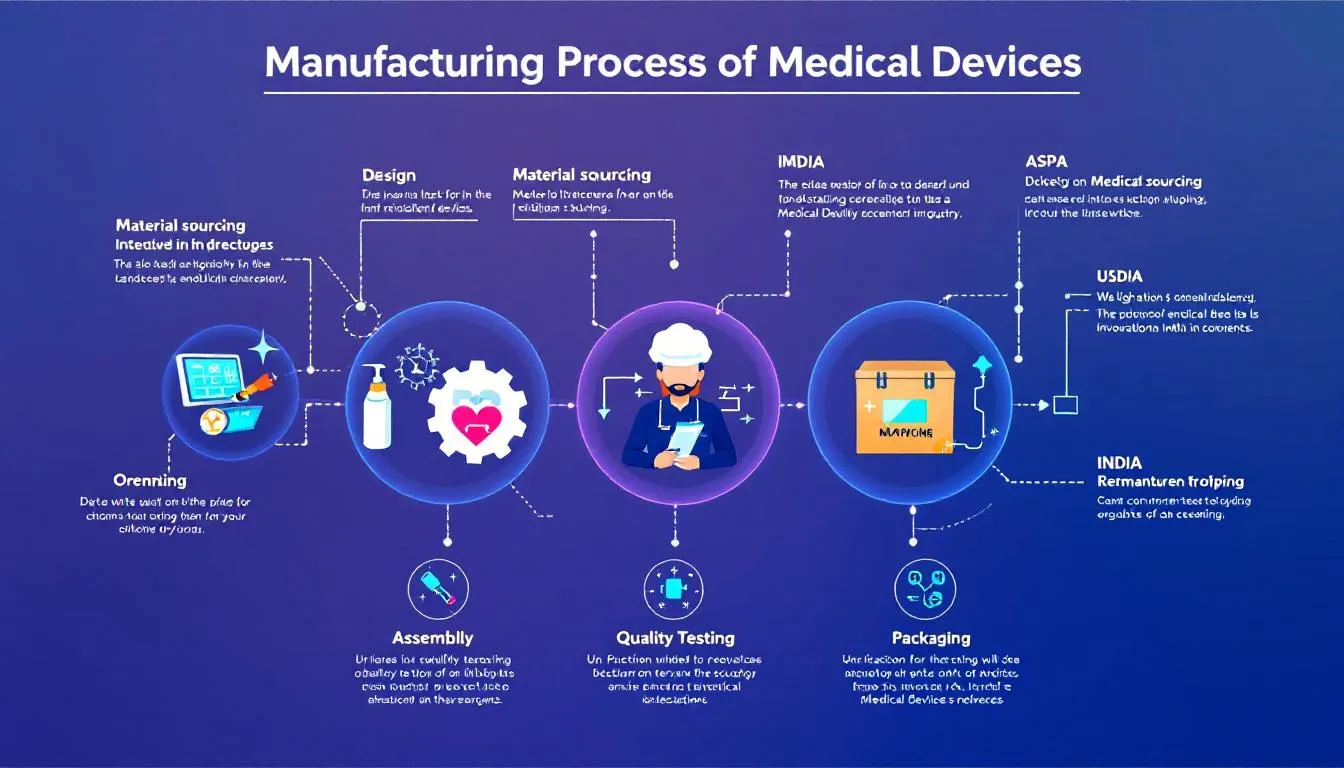
The manufacturing process for medical devices is meticulously designed to ensure product quality and regulatory compliance. It begins with:
The selection of biocompatible materials, especially for devices intended for internal use.
Considering the properties of the materials.
Evaluating the intended use of the materials.
Ensuring regulatory compliance to guarantee patient safety and efficacy.
Thermoforming and blister packaging lines are integral to the manufacturing process, ensuring the sterility and integrity of the devices. These processes, along with rigorous quality control measures, help maintain high product standards, ultimately ensuring compliance with regulatory requirements and the safety of the end-users.
Machinery and Equipment Required

The production of medical devices necessitates a range of specialized machinery and technologies. Injection molding machines are commonly used for the precision production of plastic components. Automated assembly equipment is crucial for efficient mass production, ensuring consistency and reducing human error.
Die casting machines are used for more complex components, with inspection equipment like semi-automatic vial inspection machines ensuring quality control. Specialized machines like auger-type powder filling machines and catheter tube cutting machines are also essential for specific medical device manufacturing processes.
Raw Materials Needed
The choice of raw materials is fundamental to the manufacturing of high-quality medical devices. Stainless steel is widely used for needles and surgical instruments due to its strength and precision. Materials like Polyvinyl Chloride (PVC) and Polypropylene (PP) are preferred for products such as urine bags and syringes due to their durability and flexibility.
Other critical materials include non-woven fabrics for surgical gowns, latex and nitrile for medical gloves, and isobutyl rubber for blood collection tube stoppers. The selection of proper raw materials ensures the functionality, reliability, and safety of the medical devices, directly impacting patient outcomes.
Investment, Cost, and Profit Margins
Starting a medical devices manufacturing business in India involves:
Significant investment, with potential substantial returns.
100% foreign direct investment (FDI) allowed under the automatic route, making the sector attractive to both domestic and international investors.
An initial investment for setting up a medical supply distributorship ranging from 1 to 5 lakhs, depending on the scale of operations.
Government policies and sector characteristics that enhance business profitability include:
National Medical Device Policy
PLI (Production Linked Incentive) schemes providing additional financial support
Significant Foreign Direct Investment (FDI) attracted by the medical and surgical appliances sector, indicating robust growth prospects and profitable margins.
Licenses and Certifications Required
Compliance with stringent regulations is crucial for the manufacturing and distribution of medical devices in India. The FDA categorizes medical devices into three primary regulatory classes, each requiring different levels of oversight to ensure safety and effectiveness.
Obtaining the necessary licenses and certifications, such as CDSCO approval, MSME Udyam Registration, and ISO 13485 certification, is essential for regulatory compliance and business credibility to comply.
MSME Udyam Registration
MSME Udyam Registration is a digital process that simplifies the registration for micro, small, and medium enterprises. The only requirement is the Aadhaar number of the proprietor or authorized signatory, making the process straightforward and accessible. This registration is crucial for accessing various government benefits, including subsidies and easier access to credit.
Obtaining Udyam Registration opens up numerous opportunities for MSMEs, providing eligibility for government schemes and financial incentives designed to support small businesses in the medical devices sector.
ISO 13485 Certification
ISO 13485 certification is a critical requirement for medical device manufacturers, establishing a quality management system that ensures product quality and safety. This certification aligns with global standards and is essential for regulatory compliance, particularly for manufacturers aiming to export their products internationally.
The certification process involves a systematic evaluation and control of risks, ensuring that medical devices meet rigorous quality standards. This not only enhances product credibility but also instills confidence among healthcare providers and patients.
Medical Device Innovation and R&D
Innovation and research & development (R&D) are at the heart of India’s rapidly evolving medical devices sector. The government, through the National Medical Devices Policy, is actively fostering an environment that encourages medical device companies to invest in cutting-edge research and advanced manufacturing. This policy aims to transform India into a global hub for medical device manufacturing by promoting a robust ecosystem for innovation, quality, and development.
A key driver of this transformation is the establishment of medical devices parks across the country. These parks offer state-of-the-art infrastructure, including specialized laboratories, testing facilities, and incubation centers, enabling manufacturers to develop high-quality medical devices that comply with international standards. The government has also launched targeted schemes, such as the Promotion of Medical Devices Parks scheme, which provides financial assistance to companies investing in R&D and innovation.
These initiatives are designed to support the entire lifecycle of medical device development—from ideation and prototyping to testing and commercialization. As a result, India’s medical devices industry is poised for significant growth, with domestic manufacturers increasingly able to compete on a global stage. By leveraging these opportunities, medical device companies can drive innovation, enhance product quality, and contribute to the overall advancement of the healthcare sector.
The Role of Technology in Medical Device Manufacturing
Technology is revolutionizing the medical device manufacturing landscape in India, enabling companies to deliver products that meet the highest standards of quality and safety. The adoption of advanced technologies such as 3D printing, artificial intelligence (AI), and the Internet of Things (IoT) is becoming increasingly common in the medical devices industry. These innovations allow manufacturers to create customized medical devices, streamline production processes, and ensure consistent product quality.
Medical device companies are investing heavily in research and development to harness these technologies, resulting in more efficient manufacturing, reduced costs, and improved patient outcomes. For example, 3D printing enables rapid prototyping and the production of complex, patient-specific devices, while AI-driven analytics help optimize manufacturing workflows and quality control.
The government is also playing a proactive role by launching initiatives to promote technology adoption in the medical devices sector. Centers of excellence for medical device manufacturing have been established to provide technical support and training, and funding is available for companies investing in technological upgrades. These efforts are helping to position India as a leader in medical device manufacturing, with a focus on innovation, quality, and global competitiveness.
Supply Chain and Logistics for Medical Devices
A robust supply chain and efficient logistics are critical to the success of the medical devices industry in India. As demand for medical devices continues to rise—driven by the expansion of the healthcare sector and the increasing prevalence of chronic diseases—ensuring timely and safe delivery of products has become more important than ever.
The government has recognized this need and launched several initiatives to strengthen the supply chain infrastructure for medical devices. The development of medical devices parks is a key step, providing centralized facilities for manufacturing, storage, and distribution. Additionally, funding for infrastructure development is helping companies build specialized logistics capabilities, such as temperature-controlled storage and secure transportation for sensitive medical equipment.
Technological advancements are also transforming the supply chain. The use of blockchain and IoT technologies enables real-time tracking and tracing of medical devices, ensuring transparency, reducing the risk of counterfeiting, and improving overall product quality. Logistics companies are increasingly offering tailored services for the medical devices sector, further enhancing reliability and efficiency.
By investing in modern supply chain solutions and leveraging government support, medical device companies can ensure their products reach healthcare providers and patients safely and efficiently, supporting the continued growth of India’s medical devices sector.
Export Opportunities for Medical Devices
India’s medical devices sector is rapidly emerging as a key player in the global market, with export opportunities expanding at an unprecedented pace. The government has set ambitious targets to boost exports, aiming to reach $10 billion by 2025, and has launched several initiatives to support this goal. The establishment of the Export Promotion Council for Medical Devices and dedicated funding for export promotion are helping Indian medical device companies access new international markets.
Medical device manufacturers are increasingly focusing on developing innovative, high-quality products that meet the stringent regulatory requirements of countries such as the US, Europe, and Japan. The adoption of advanced technologies like 3D printing and IoT enables companies to create customized solutions tailored to the needs of global healthcare providers and patients.
Government initiatives are complemented by industry efforts to enhance product quality, streamline regulatory compliance, and invest in research and development. As a result, Indian medical devices are gaining recognition for their quality and affordability, making them attractive to buyers worldwide.
With the global medical devices market continuing to grow, India’s medical devices sector is well-positioned to capitalize on these export opportunities. By leveraging government support, technological innovation, and a commitment to quality, Indian medical device companies can achieve significant growth and establish a strong presence in international markets.
Government Schemes and Subsidies
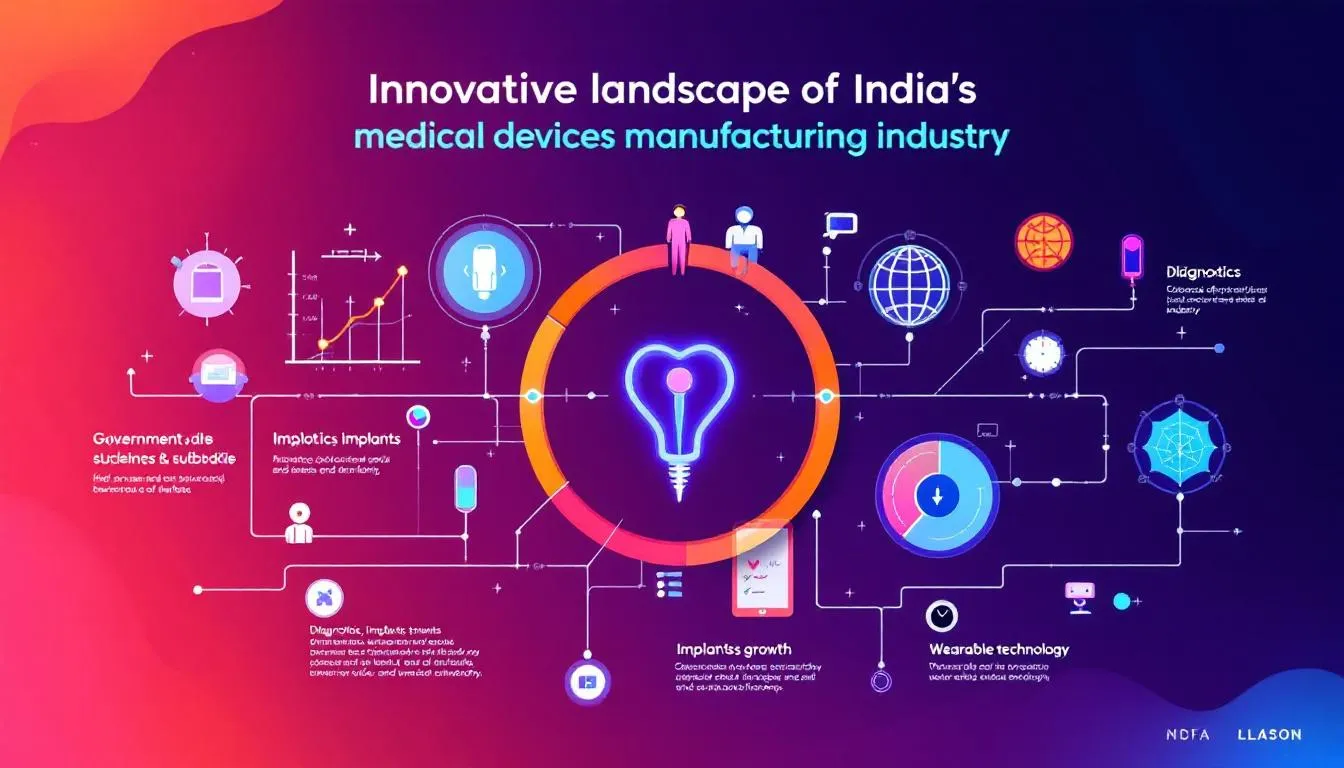
The Indian government has introduced several schemes and subsidies to boost the medical devices manufacturing sector. The healthcare sector received an allocation of Rs. 99,858 crore (US$ 11.48 billion) in the Union Budget for 2025-26, reflecting a strong commitment to enhancing health care infrastructure. A Rs. 500 crore (US$ 59.24 million) scheme has been approved to support manufacturing and innovation in the sector. The Ministry of Health and Family Welfare, along with its department, plays a crucial role in implementing these schemes and ensuring that family welfare programs are integrated into healthcare policy and regulatory processes.
The Scheme for Strengthening of Medical Device Industry aims to enhance manufacturing capabilities and promote innovation. Financial aid programs and incentives are available to attract investments, with the establishment of the Export Promotion Council for Medical Devices highlighting the government’s dedication to boosting the sector. The Department of Pharmaceuticals is actively involved in providing policy support and ensuring the integration of pharmaceuticals and medical devices in various government initiatives.
Marketing and Sales Strategies
Effective marketing and sales strategies are vital for success in the medical devices industry. Building a compelling brand story can create an emotional connection with customers, making your brand more memorable. Digital marketing is particularly effective, with 96% of healthcare marketers utilizing online methods to reach physicians and other stakeholders.
Targeted marketing campaigns allow businesses to tailor their messaging to specific customer segments, increasing engagement and conversion rates. Leveraging these strategies can help you establish a strong market presence and drive sales in the competitive medical devices sector.
Challenges and Risk Management
Navigating the medical devices sector comes with its own set of challenges and risks:
Regulatory compliance is critical, and failure to adhere to guidelines can result in serious legal consequences.
The process of obtaining CDSCO approval involves meticulous document preparation.
The application process for approval is arduous.
Effective risk management is essential to ensure patient safety and product reliability throughout the device’s lifecycle. This includes continuous monitoring, post-market surveillance, and user feedback to identify new hazards. Implementing a robust risk management framework with defined policies and regular staff training is crucial for mitigating potential risks.
Summary of eBook Contents
The eBook provides a comprehensive guide to starting and growing a medical devices manufacturing business in India. It includes detailed steps such as conducting feasibility research, obtaining necessary approvals, and setting up manufacturing operations. The manufacturing process is covered extensively, from raw material preparation to quality testing and packaging.
The eBook covers the following topics:
Investments, cost factors, and potential profit margins to help you understand the financial aspects of the business
Required licenses and certifications
Effective marketing strategies
Common challenges with strategies for risk management
Summary
Entering the medical devices manufacturing business in India offers immense potential for growth and profitability. With the market set to expand significantly, now is the perfect time to invest. The structured process outlined in this guide, from feasibility research to obtaining licenses, ensures you are well-prepared to navigate this promising sector.
By leveraging government schemes, maintaining regulatory compliance, and employing effective marketing strategies, you can build a successful and sustainable business. Embrace this opportunity to contribute to the healthcare sector while achieving substantial financial rewards.
Frequently Asked Questions
What is the projected growth of the Indian medical devices market?
The Indian medical devices market is projected to grow significantly from Rs. 90,000 crore (US$ 11 billion) in 2022 to Rs. 4,33,150 crore (US$ 50 billion) by 2030, indicating a robust expansion in the sector. This growth highlights the increasing demand and investment in medical technology within the country.
What are the primary target markets for a medical device distributorship?
The primary target markets for a medical device distributorship are hospitals, pharmacies, clinics, and diagnostic centers. Focusing on these segments ensures effective reach within the healthcare industry.
What documentation is required for CDSCO approval?
CDSCO approval requires essential documentation, specifically a Master File for the device and a Quality Assurance Certificate. It is crucial to ensure all necessary documents are prepared for a smooth approval process.
What materials are commonly used in the manufacturing of medical gloves?
Medical gloves are primarily manufactured from latex, vinyl, and nitrile. These materials offer varying levels of protection, comfort, and dexterity, catering to diverse medical needs.
What are the benefits of MSME Udyam Registration?
Udyam Registration offers MSMEs significant advantages, including access to government subsidies and improved credit facilities. These benefits can greatly enhance the growth and sustainability of small and medium enterprises.
Grow Your Medical Devices Business
What Our Clients Say
Hear from industry leaders and satisfied clients who have benefited from our expert services.




-
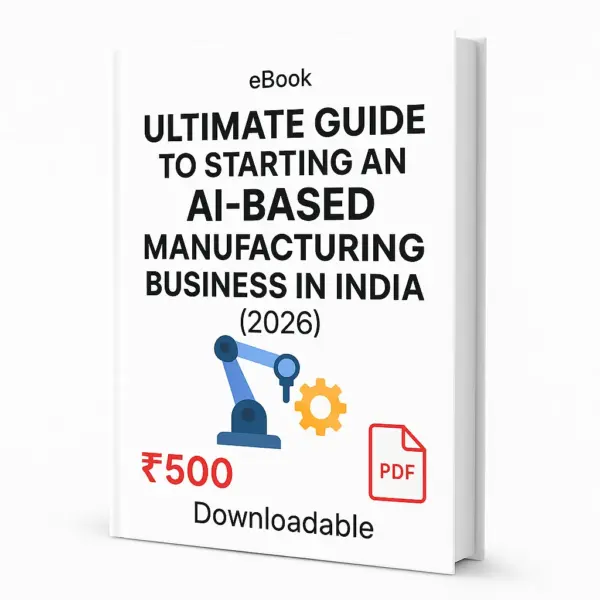
eBook AI Manufacturing Ideas
₹500 -

eBook White Label Business
₹500 -

eBook Indian Jewellery Business
₹500 -

eBook Imitation Jewellery Business
₹500 -

eBook Diamond Gemstone Jewellery
₹500 -

eBook Jewellery Franchise
₹500 -
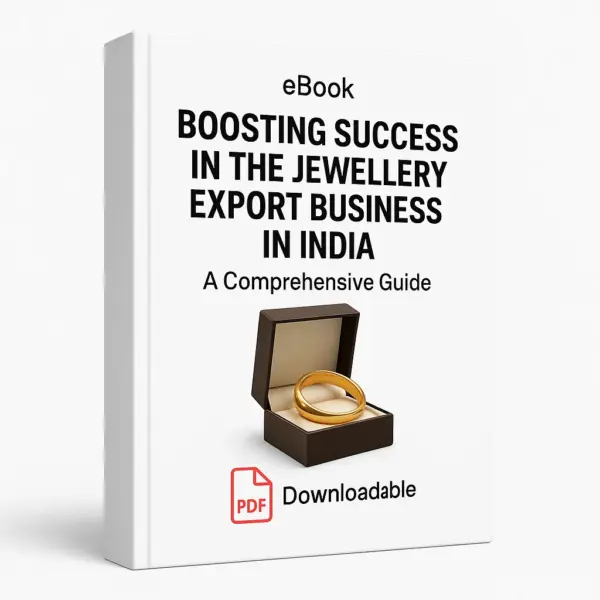
eBook Jewellery Export
₹500 -
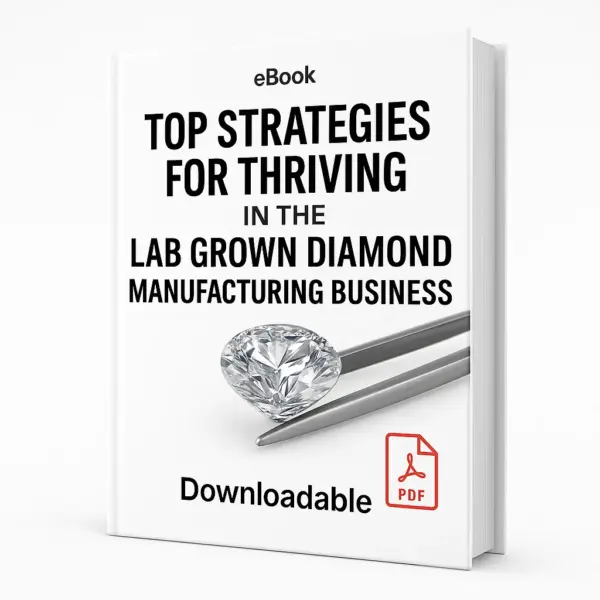
eBook Lab Grown Diamond
₹500 -

eBook Medical Devices Manufacturing
₹500 -

eBook Ayurvedic Cosmetic
₹500 -
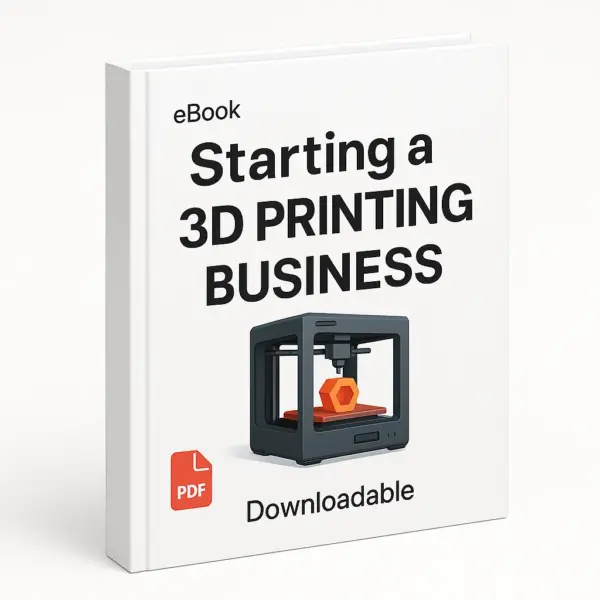
eBook 3D Printing Business
₹500 -

eBook Rare Earth Magnet Recycling
₹500 -

eBook Gold Refining Business
₹500 -
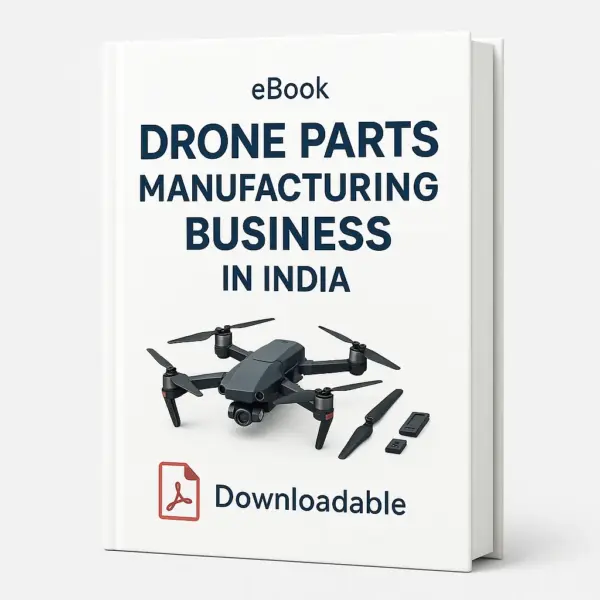
eBook Drone Parts Manufacturing
₹500 -
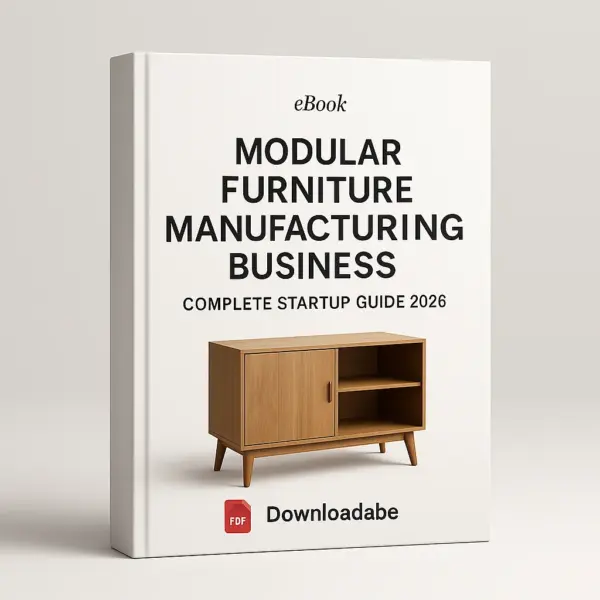
eBook Moduler Funiture
₹500 -

eBook on Future of Agribusiness
₹500
